Filter by
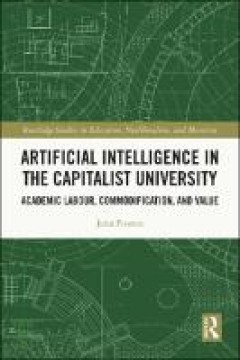
Artificial intelligence in the Capitalist University : academic labour, commo…
Using Marxist critique, this book explores manifestations of Artificial Intelligence (AI) in Higher Education and demonstrates how it contributes to the functioning and existence of the capitalist university. Challenging the idea that AI is a break from previous capitalist technologies, the book offers nuanced examination of the impacts of AI on the control and regulation of academic work and l…
- Edition
- -
- ISBN/ISSN
- 9781003081654
- Collation
- VII, 173 p.
- Series Title
- Routledge Studies in Education, Neoliberalism, and Marxism,
- Call Number
- 378.17344678 PRE a
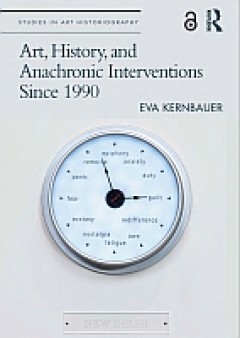
Art, history, and anachronic interventions since 1990
This book examines contemporary artistic practices since 1990 that engage with, depict, and conceptualize history. Examining artworks by Kader Attia, Yael Bartana, Zarina Bhimji, Michael Blum, Matthew Buckingham, Tacita Dean, Harun Farocki and Andrei Ujica, Omer Fast, Andrea Geyer, Liam Gillick and Philippe Parreno, Hiwa K, Amar Kanwar, Bouchra Khalili, Deimantas Narkevičius, Wendelien van Old…
- Edition
- -
- ISBN/ISSN
- 9781003166412
- Collation
- 260 p.: colour, ill.
- Series Title
- -
- Call Number
- 709 KER a
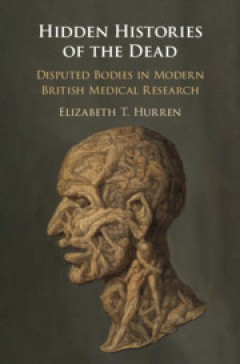
Hidden histories of the dead : disputed bodies in modern British medical rese…
In this discipline-redefining book, Elizabeth T. Hurren maps the post-mortem journeys of bodies, body-parts, organs, and brains, inside the secretive culture of modern British medical research after WWII as the bodies of the deceased were harvested as bio-commons. Often the human stories behind these bodies were dissected, discarded, or destroyed in death. Hidden Histories of the Dead recovers …
- Edition
- -
- ISBN/ISSN
- 9781108633154
- Collation
- xvii, 322 p. ; ill
- Series Title
- -
- Call Number
- 174.20941 HUR h
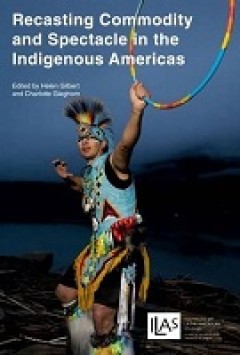
Recasting commodity and spectacle in the indigenous Americas
Indigenous artists frequently voice concerns over the commodification of their cultures, a process acutely felt by those living with the consequences of colonialism. This timely book, which features colour illustrations throughout, examines the ways in which contemporary indigenous peoples in different parts of the Americas have harnessed performance practices to resist imposed stereotypes and …
- Edition
- -
- ISBN/ISSN
- 9781908857088
- Collation
- ix, 273p.
- Series Title
- -
- Call Number
- 700.98 REC g

Some ways of making nothing : apophatic apparatuses in contemporary art
"What if all works of art were better understood as functioning apparatuses, entangling their human audiences in experiences of becoming? What if certain works of art were even able to throw the brakes on becoming altogether, making nothings rather than somethings? What would be the ethical value of making nothing, of stalling becoming; and how might such nothings even be made? Some Ways of Mak…
- Edition
- -
- ISBN/ISSN
- 9781953035387
- Collation
- xiii, 441 p.
- Series Title
- -
- Call Number
- 701 CLO s
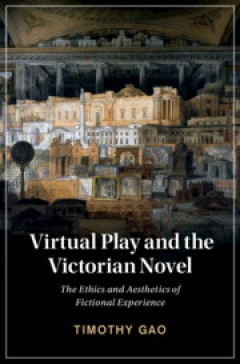
Virtual play and the victorian novel : the ethics and aesthetics of fictional…
Pondering the town he had invented in his novels, Anthony Trollope had 'so realised the place, and the people, and the facts' of Barset that 'the pavement of the city ways are familiar to my footsteps'. After his novels end, William Thackeray wonders where his characters now live, and misses their conversation. How can we understand the novel as a form of artificial reality? Timothy Gao propose…
- Edition
- -
- ISBN/ISSN
- 9781108938518
- Collation
- vi, 238 p. ; ill
- Series Title
- -
- Call Number
- 823.809357 GAO v
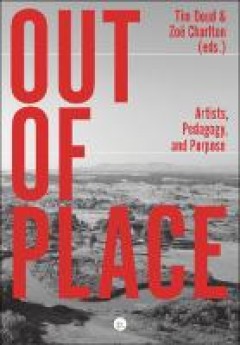
Out of place: artists, pedagogy, and purpose
Broad in scope, Out of Place: Artists, Pedagogy, and Purpose presents an overview of the different paths taken by artists and artist collectives as they navigate their way from formative experiences into pedagogy. Focusing on the realms in- and outside the academy (the places and persons involved in post-secondary education) and the multiple forms and functions of pedagogy (practices of learnin…
- Edition
- -
- ISBN/ISSN
- 9781685710057
- Collation
- 434 p.: black and white, ill.
- Series Title
- -
- Call Number
- 707.1 DOU o

Art beyond borders: artistic exchange in communist Europe (1945–1989)
"This book presents and analyzes artistic interactions both within the Soviet bloc and with the West between 1945 and 1989. During the Cold War the exchange of artistic ideas and products united Europe’s avant-garde in a most remarkable way. Despite the Iron Curtain and national and political borders there existed a constant flow of artists, artworks, artistic ideas and practices. The geograp…
- Edition
- -
- ISBN/ISSN
- 9789633860847
- Collation
- 530 p.: black and white, ill.
- Series Title
- -
- Call Number
- 701.03 BAZ a
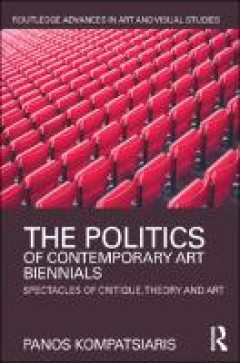
The politics of contemporary art biennials: spectacles of critique, theory an…
Contemporary art biennials are sites of prestige, innovation and experimentation, where the category of art is meant to be in perpetual motion, rearranged and redefined, opening itself to the world and its contradictions. They are sites of a seemingly peaceful cohabitation between the elitist and the popular, where the likes of Jeff Koons encounter the likes of Guy Debord, where Angela Davis an…
- Edition
- -
- ISBN/ISSN
- 9781315645049
- Collation
- 206 p.: black and white, ill.
- Series Title
- Routledge advances in art and visual studies
- Call Number
- 701.03 KOM t
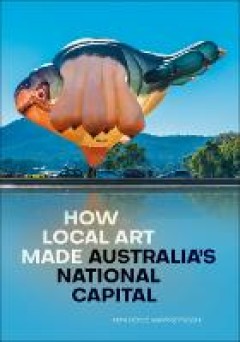
How local art made Australia’s national capital
Canberra’s dual status as national capital and local city dramatically affected the rise of a unique contemporary arts scene. This complex story, informed by rich archival material and interviews, details the triumph of local arts practice and community over the insistent cultural nation-building of Australia’s capital. It exposes local arts as a vital force in Canberra’s development and …
- Edition
- -
- ISBN/ISSN
- 9781760463410
- Collation
- 311 p.: colour, ill.
- Series Title
- -
- Call Number
- 994.71 DOY h
 Computer Science, Information & General Works
Computer Science, Information & General Works  Philosophy & Psychology
Philosophy & Psychology  Religion
Religion  Social Sciences
Social Sciences  Language
Language  Pure Science
Pure Science  Applied Sciences
Applied Sciences  Art & Recreation
Art & Recreation  Literature
Literature  History & Geography
History & Geography